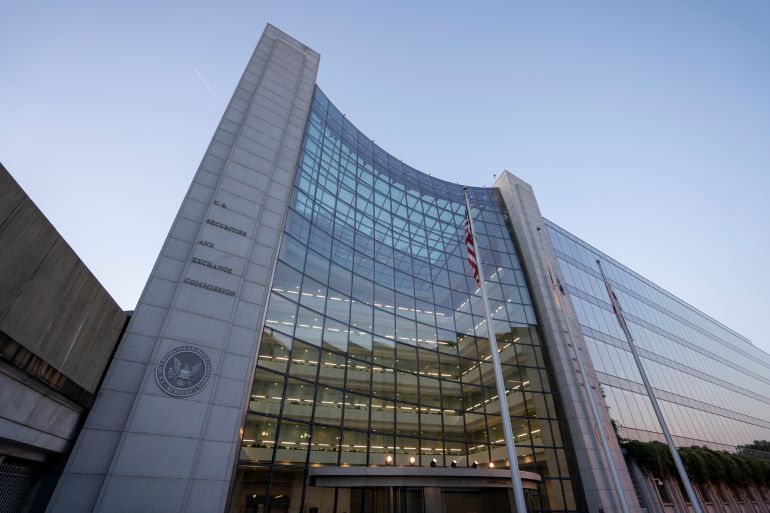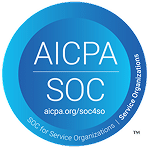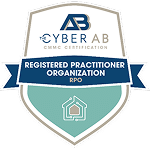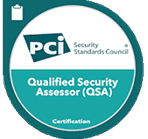Summary
The amended Regulation S-P requires financial institutions to implement comprehensive cybersecurity measures, including incident response readiness, customer notifications, oversight of service providers, expanded safeguards, new recordkeeping standards, and exceptions to annual privacy notices. Compliance deadlines vary based on entity size, with larger entities having 18 months and smaller entities having 24 months to meet requirements. Impacted organizations are updating policies, conducting staff training, and deploying advanced monitoring systems for compliance.
Diving In
The evolving cyber threat landscape has prompted the US Securities and Exchange Commission (SEC) to significantly amend Regulation S-P, enhancing cybersecurity resilience in the financial services industry. These amendments primarily impact financial institutions, including investment advisors, broker-dealers, and other SEC-registered entities, requiring them to implement comprehensive cybersecurity measures and increasing oversight of service providers to protect customer data.
The amendments also apply to third-party service providers, mandating increased oversight to ensure adherence to stringent cybersecurity standards.
This blog will outline the amendments’ essential details and provide practical guidance to help financial institutions prepare for compliance and effectively handle cyber threats.
Overview of the Amended Regulation S-P
History of Regulation S-P
Regulation S-P is an integral part of financial privacy regulation. It was designed to ensure financial institutions maintain robust security measures to protect sensitive customer information.
Over time, Regulation S-P has adapted to address new threats and changes in data security, emphasizing the need for strong cybersecurity measures to maintain financial stability and consumer trust. Its primary objectives include:
- Preventing unauthorized access to or use of customer data.
- Ensuring the confidentiality of nonpublic personal information.
- Promoting consumer trust in the financial system.
Key Components of the Amendments to Regulation S-P
The recent amendments to Regulation S-P, finalized on May 16, 2024, have significantly widened its scope and requirements to handle the changing cybersecurity environment.
Key elements of the amendments include:
- Incident Response Programs: These programs should be able to detect, respond to, and recover from unauthorized access to customer information. The incident response plan must be regularly tested and updated for effectiveness.
- Customer Notifications: The amendments set a federal minimum standard for breach notifications, requiring customers to be informed within 30 days of unauthorized access or use of their information. This aims to provide transparency and quicker resolution for affected individuals.
- Enhanced Oversight of Service Providers: The amendments require financial institutions to oversee third-party service providers and ensure they implement proper security measures. They must also report any data breaches within 72 hours to mitigate risks associated with outsourcing data processing and management functions.
- Broader Scope for Safeguards and Disposal Rules: The amendments expand the scope of safeguards and disposal rules to include current customers, information received from third-party financial institutions, and data related to former customers. This comprehensive approach ensures that all customer data handled by financial institutions is adequately protected.
- New Recordkeeping Requirements: Institutions must maintain detailed records of their compliance efforts, including documentation of policies and procedures, incident response activities, and service provider agreements. These records must be retained for a specified period and be readily accessible for regulatory review.
- Annual Privacy Notice Exception: The amendments create an exception to qualifying institutions’ annual privacy notice requirement. This aims to lessen the administrative burden on financial institutions while still providing customers with important and timely privacy information.
Compliance Timeline for the SEC Rule Amendments
The timeline for complying with the recent SEC rule amendments to Regulation S-P varies based on the size and complexity of the financial institution. This staggered timeline will give institutions enough time to make the required changes and fully comply with the new requirements.
For Larger Entities
Larger organizations are required to comply within 18 months of being published in the Federal Register. This group usually consists of large broker-dealers, investment companies, and registered investment advisers with significant assets under management and extensive operational infrastructures. These institutions often have more resources to adapt to regulatory changes quickly but encounter more significant complexities due to their size and the volume of customer data they handle.
For Smaller Entities
Smaller entities, including small to mid-sized broker-dealers, investment advisers, and investment companies (typically managing fewer assets and having less complex operational setups) have 24 months to comply with the new amendments. These institutions may have different levels of resources than larger entities, but they often benefit from simpler organizational structures, making the implementation process more straightforward.
Defining Parameters For Larger vs. Smaller Entities
The SEC provides specific criteria to distinguish between larger and smaller entities based on factors such as assets under management, the complexity of operations, and the volume of customer data processed. Financial institutions should refer to these criteria to determine their compliance deadlines accurately.
Sign Up for the 360 Cyber Insights Newsletter!
Preparing for SEC Rule Amendments’ Compliance
Due to the SEC Rule Amendments to Regulation S-P, affected organizations are implementing a multifaceted approach encompassing policy updates, employee training, technology enhancements, and rigorous auditing and monitoring systems to monitor their compliance programs and ensure adherence to regulations.
Below are some of the processes impacted companies must incorporate into their compliance programs:
Updating Policies, Plans, and Procedures
Financial institutions must update their policies and procedures to align with the new SEC Rule Amendments, which include data protection, incident response, and breach notification. Establishing robust procedures for evaluating and monitoring third-party service providers is also vital. This process involves conducting due diligence, performing regular security assessments, and implementing contractual obligations for reporting security incidents.
Employee Awareness Training
Conduct thorough training programs to instruct staff about the new compliance measures. Tailor the training programs to fit different employees’ specific roles and responsibilities. Establish a continuous education program to update staff on the latest regulatory changes, cybersecurity threats, and best practices. Regular refreshers and updates are essential for maintaining high compliance awareness.
Regular System Updates and Patches
Conduct thorough training programs to instruct staff about the new compliance measures. Furthermore, the training programs should be tailored to fit different employees’ specific roles and responsibilities. Establish a continuous education program to update staff on the latest regulatory changes, cybersecurity threats, and best practices. Regular refreshers and updates are essential for maintaining high compliance awareness.
Audit and Monitoring Systems
Implementing real-time monitoring systems that continuously track network traffic, user activities, and system health is critical. These systems play a key role in detecting anomalies and potential threats by analyzing deviations from normal user and system behavior using advanced behavioral analysis tools.
This proactive approach helps identify security issues before they become significant problems. Regular internal audits are essential for assessing compliance with updated policies and procedures alongside real-time monitoring.
Furthermore, involving external auditors for an independent assessment can ensure that the institution meets regulatory requirements. This comprehensive audit strategy ensures compliance gaps are promptly addressed, thereby maintaining the integrity and security of the institution’s operations.
Reporting and Documentation
Maintain detailed records of compliance activities and establish a regular reporting schedule to inform senior management and relevant stakeholders. Include metrics and KPIs to track progress and areas needing attention.








